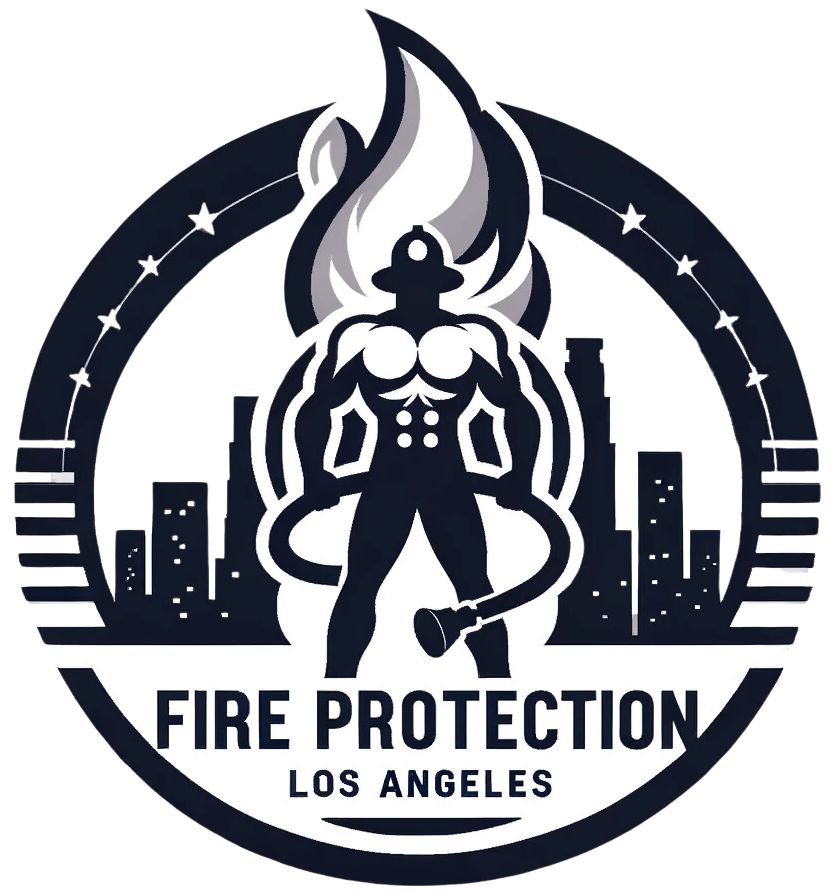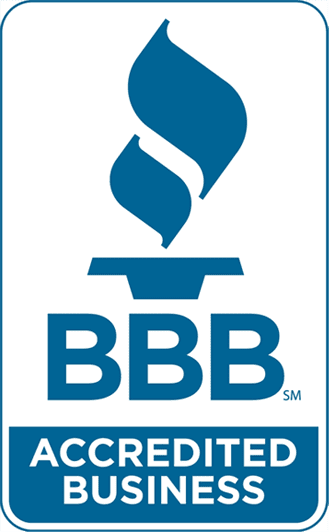Understanding wildfire behavior is essential for effective suppression training. We learn how factors like temperature, humidity, and fuel types influence fire dynamics, which helps us anticipate fire spread. The most active fire times are from 10 am to 6 pm, so we prioritize our resource deployment during these hours. Recognizing crossover conditions allows us to act quickly to manage rapidly changing fire behavior. Through hands-on training and scenario-based exercises, we sharpen our skills and decision-making, ensuring we're prepared for any situation. By exploring this further, we can gain deeper insights into enhancing our firefighting strategies and safety protocols.
Importance of Wildfire Understanding
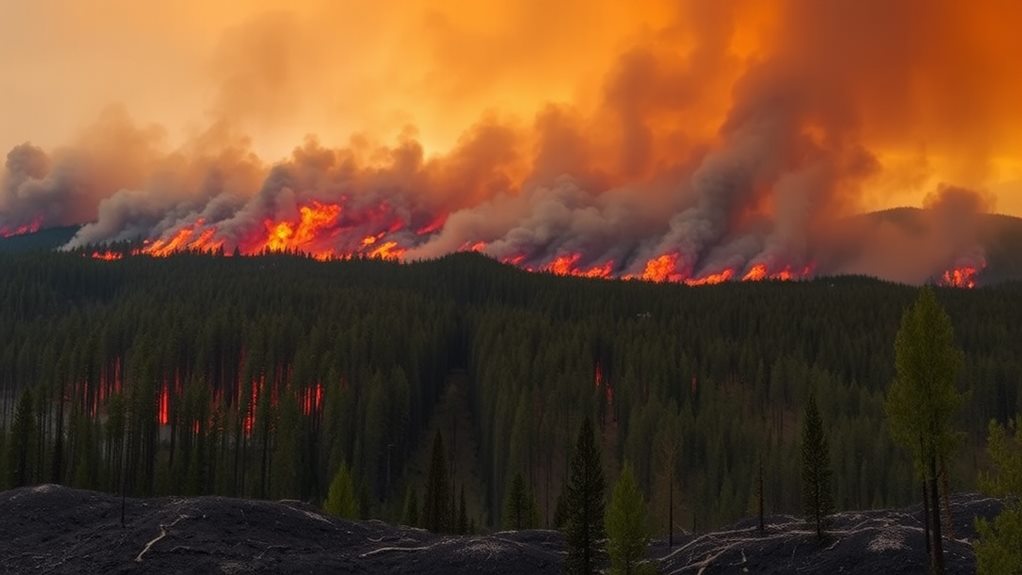
Understanding wildfire behavior is essential for effective firefighting. When we grasp the basics of fire dynamics, we can enhance our suppression training and improve our response during wildfire incidents. This knowledge helps us anticipate how a fire will spread, considering important factors like topography, weather, and vegetation types.
For instance, understanding the impact of fuel types and weather on fire behavior can greatly influence our tactical decisions. By understanding fire behavior, we can make informed decisions about attack strategies and evacuation routes.
We should also recognize that peak fire activity often occurs between 10 am and 6 pm, which informs our timing for suppression efforts and resource allocation. Additionally, we learn to identify crossover conditions, where air temperature equals relative humidity, leading to extreme fire behavior. This awareness is critical, as these scenarios demand immediate action to protect lives and property.
Training that emphasizes the relationship between relative humidity and temperature enhances our situational awareness. By improving our understanding of fire behavior, we gain the ability to assess fire risks more effectively during suppression operations.
To summarize, understanding wildfire behavior is an essential component of our training, equipping us to handle the challenges posed by wildfires with greater skill and confidence.
Factors Influencing Fire Behavior
As we explore the factors influencing fire behavior, we see that diurnal patterns play an essential role, with fires often peaking in activity during the hottest parts of the day.
The interplay of weather conditions, such as temperature and humidity levels, greatly affects fire risk, especially when they reach a crossover condition, where the air temperature matches the humidity.
Understanding these elements is important for effective fire management and enhancing firefighter safety, as highlighted in fire behavior research.
Diurnal Fire Activity Patterns
Influencing wildfire behavior, diurnal fire activity patterns reveal notable fluctuations throughout the day. We often see fire activity peak between 10 a.m. and 6 p.m., when temperatures rise and relative humidity drops. During this time, the conditions create essential fire hazards, making it vital for us to be vigilant. The use of customized fire suppression solutions tailored to community needs can enhance our response during these peak hours.
Conversely, the lowest fire activity generally occurs between midnight and sunrise, as the higher humidity and cooler temperatures help suppress fire spread.
In the mid to late afternoon, aggressive fire behavior tends to emerge due to the combination of high temperatures and low relative humidity. We must pay close attention to a phenomenon known as CROSS OVER, where air temperature equals relative humidity. This scenario can lead to extreme fire behavior, requiring us to monitor conditions closely and respond quickly.
Understanding precipitation patterns, like morning dew from 4 a.m. to 6 a.m., is also essential. Although dew might provide some moisture, a lack of it during vital hours can greatly heighten fire danger.
Temperature and Humidity Effects
Temperature and humidity play a significant role in shaping wildfire behavior. As temperatures rise during the day, relative humidity often drops, which increases the risk of fire. This dynamic is particularly vital as an understanding of fire behavior and spread can help predict fire activity patterns.
We typically see fire activity peak between 10 am and 6 pm, when conditions are most favorable for aggressive fire behavior. This is when we need to be especially vigilant.
Regular monitoring of temperature and relative humidity is essential for evaluating fire risk. When humidity is low, the lack of moisture means that fuels like grass and leaves can ignite more easily. On days with high temperatures and low humidity, the danger intensifies, making fire suppression efforts more challenging.
Moreover, we must be aware of crossover conditions, where air temperature equals relative humidity. These situations can lead to extreme fire behavior, requiring immediate and careful responses from fire management teams.
Crossover Condition Significance
Crossover conditions represent a vital threshold in wildfire behavior, where air temperature matches relative humidity. When these conditions occur, fires can become extremely intense, escalating risks for everyone involved. For instance, a reading of 30°C with 30% relative humidity signals this crossover condition, highlighting the urgency for fire management teams to respond.
Under these circumstances, fire behavior can rapidly intensify, making it essential for us to monitor temperature and humidity closely. Understanding the significance of crossover conditions helps us develop effective strategies to mitigate potential dangers. When we recognize these conditions, we can implement immediate response plans to protect both lives and property.
In wildfire suppression training, grasping the concept of crossover conditions is essential for our decision-making. It allows us to anticipate fire behavior and adjust our tactics accordingly. By being aware of this vital threshold, we enhance operational safety and effectiveness.
As we prepare for potential wildfires, let's remember that recognizing crossover conditions isn't just about understanding weather patterns; it's about ensuring we're ready to act decisively and safely when it matters most.
Diurnal Patterns and Fire Risks
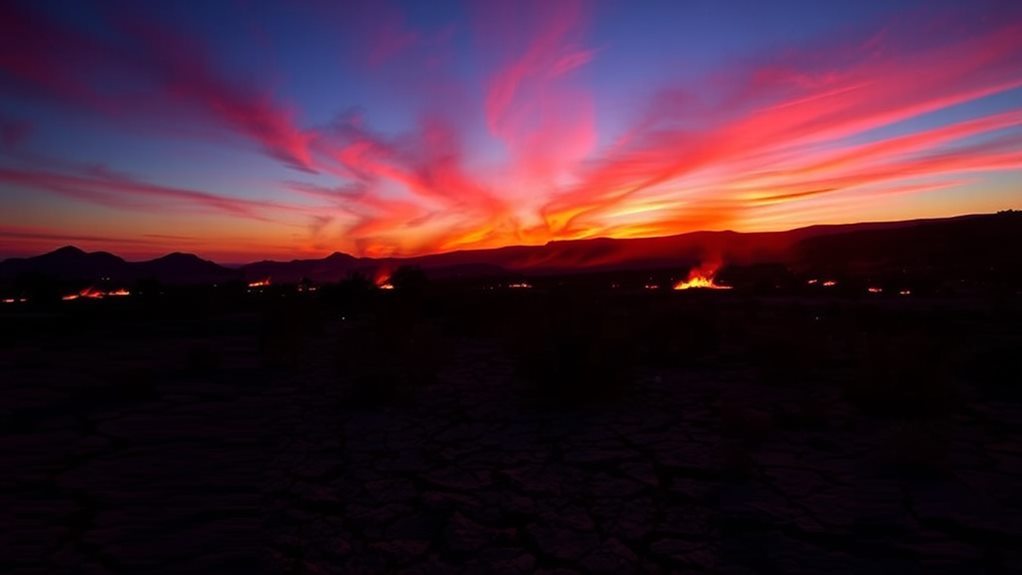
We often notice that fire activity increases during the day, especially between 10 am and 6 pm, when temperatures rise and humidity drops.
This period can lead to dangerous crossover conditions, where air temperature matches relative humidity, heightening the risk of extreme fire behavior.
Additionally, without adequate precipitation during these critical hours, understanding moisture levels becomes essential for evaluating fire danger effectively.
Daytime Fire Activity
As the sun rises and the day unfolds, wildfire activity begins to shift dramatically, revealing a clear pattern in fire behavior. Understanding these changes is essential for fire safety, especially during the day when conditions can become more dangerous.
Here are three key points to remember:
- Lower activity at night: From midnight to sunrise, fire activity is typically low due to higher humidity and cooler temperatures. This reduces the risk of rapid fire spread.
- Peak risk hours: From 10 am to 6 pm, temperatures rise and humidity drops, leading to the highest fire risk. It's important to stay alert during these hours.
- Afternoon aggressiveness: Aggressive fire behavior often peaks in the mid to late afternoon. Monitoring weather conditions closely during this time can help us stay safe.
Crossover Conditions Impact
Understanding the impact of crossover conditions is essential for anyone involved in wildfire management and safety. Crossover conditions happen when air temperature matches relative humidity, creating a serious risk for extreme fire behavior. These conditions often occur during the day, especially between 10 am and 6 pm, when temperatures rise and humidity drops.
As we monitor these crossover conditions, we notice that aggressive fire behavior typically peaks in the mid to late afternoon. This is when the combination of high temperatures and low humidity can lead to intense fires. Consequently, recognizing these patterns is vital for our fire management teams.
Additionally, we must consider diurnal patterns, such as morning dew, which can temporarily increase moisture levels. This understanding helps us assess fire risks accurately and plan effective suppression strategies.
By keeping a close eye on crossover conditions, we can be better prepared to intervene quickly when needed. Our readiness can make a significant difference in managing wildfire behavior and ensuring the safety of both firefighters and the communities they protect.
Let's stay vigilant and informed to combat the challenges posed by these dangerous conditions.
Precipitation and Fire Risk
During periods of low precipitation, the risk of wildfires escalates greatly, making it essential to monitor diurnal patterns that affect moisture levels. Understanding these patterns helps us manage fire risk effectively.
Here are three key points to evaluate:
- Dew Formation: Dew typically forms between 4 am and 6 am, temporarily increasing moisture levels in the environment, which can reduce fire risk early in the day.
- Temperature and Relative Humidity: Lower relative humidity (RH) corresponds with higher daytime temperatures. As temperatures rise, RH drops, greatly increasing fire risk, particularly from 10 am to 6 pm.
- Crossover Conditions: We must pay close attention during crossover conditions, when air temperature equals RH, creating extreme fire behavior. This requires immediate monitoring and action from fire management teams.
Role of Weather Conditions
Weather conditions play an important role in determining wildfire behavior, especially when temperatures soar and humidity plummets throughout the day.
It's understood that fire activity peaks between 10 am and 6 pm, making this the most dangerous time for wildfires. During these hours, the air gets hotter while the moisture in the air decreases, creating an environment ripe for fire spread.
One significant aspect to remember is the CROSS OVER condition, which occurs when the air temperature equals the relative humidity. This scenario can lead to extreme fire behavior, and caution is particularly necessary when it happens.
Diurnal patterns show that fire risk is lowest in the early morning when humidity is higher, and temperatures are cooler. By the afternoon, aggressive fire behavior becomes more common.
Additionally, understanding precipitation patterns and the formation of morning dew helps to assess moisture levels in our surroundings. This knowledge is essential for predicting fire ignition and spread.
Continuous monitoring of these weather conditions is crucial for effective fire risk management, allowing for the implementation of timely suppression tactics and protecting our communities from wildfire threats.
Fuel Types and Fire Spread
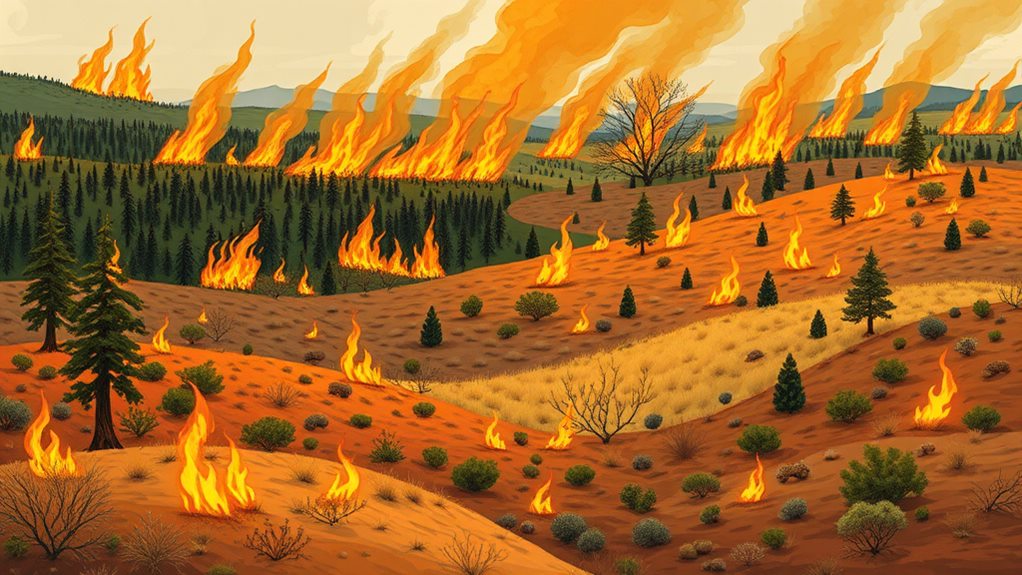
When we look at how wildfires spread, it's important to understand that different fuel types, like grass, shrubs, and timber, burn in unique ways.
For example, grass fires often spread faster because they've less moisture and more surface area, while shrubs and trees can create a ladder effect that helps fire climb higher.
Fuel Characteristics Impact Spread
Understanding how fuel characteristics impact fire spread is vital for managing wildfire risks effectively. The types of fuel present in an area greatly influence fire behavior, shaping how quickly and intensely a fire can spread.
Here are three key factors to take into account:
- Fuel Type: Different materials, like grasses, shrubs, and trees, ignite and burn at different rates. Fine fuels, such as dry grasses, can lead to rapid fire spread, while heavier fuels, like logs, tend to burn more slowly.
- Moisture Content: The amount of moisture in fuels affects ignition and spread. When fuels have low moisture, they catch fire more easily, which increases the potential for rapid fire spread.
- Fuel Continuity: The arrangement of fuels in a landscape plays a vital role. Continuous fuels provide a clear path for fire movement, whereas gaps can slow or halt its spread.
Vegetation and Fire Behavior
The relationship between vegetation and fire behavior is a vital aspect of wildfire dynamics that we need to grasp. Different fuel types, such as grass, shrubs, and trees, considerably influence how fast a fire spreads. Grass fires, for instance, usually move quicker than those fueled by heavier materials like timber.
We must also consider the moisture content of vegetation; dry fuels ignite more easily and burn more intensely than moist ones, which can slow fire spread.
The arrangement and density of vegetation play an essential role in fire behavior. Denser fuel can create more intense fires and increase the risk of crown fires in trees.
Additionally, topography can affect how fires behave. Steep slopes often enhance fire spread rates, causing flames to rise and move faster uphill.
Seasonal changes are also important. When conditions shift from wet to dry, fuel availability and flammability change as well, raising the wildfire risk during peak fire seasons.
Developing Effective Suppression Strategies
Effective suppression strategies are essential in managing wildfire behavior, especially given the nuances of diurnal effects that dictate fire intensity.
To develop these strategies effectively, we should focus on the following key elements:
- Recognize peak fire risk times: Understanding that peak risks occur between 10 am and 6 pm helps us plan our suppression systems accordingly.
- Evaluate crossover conditions: When air temperature equals relative humidity, fires can behave extremely unpredictably, requiring immediate action.
- Choose appropriate attack methods: We should employ direct attacks for light fuels and indirect attacks for rapidly spreading fires to maximize effectiveness.
Regular monitoring of temperature and humidity is essential for evaluating fire risk and adapting our tactics in real time.
Additionally, when building firelines, we must choose the safest, easiest locations and utilize existing barriers. This approach enhances our control effectiveness and minimizes the risk of fire spread during suppression efforts.
Safety Protocols in Fire Response
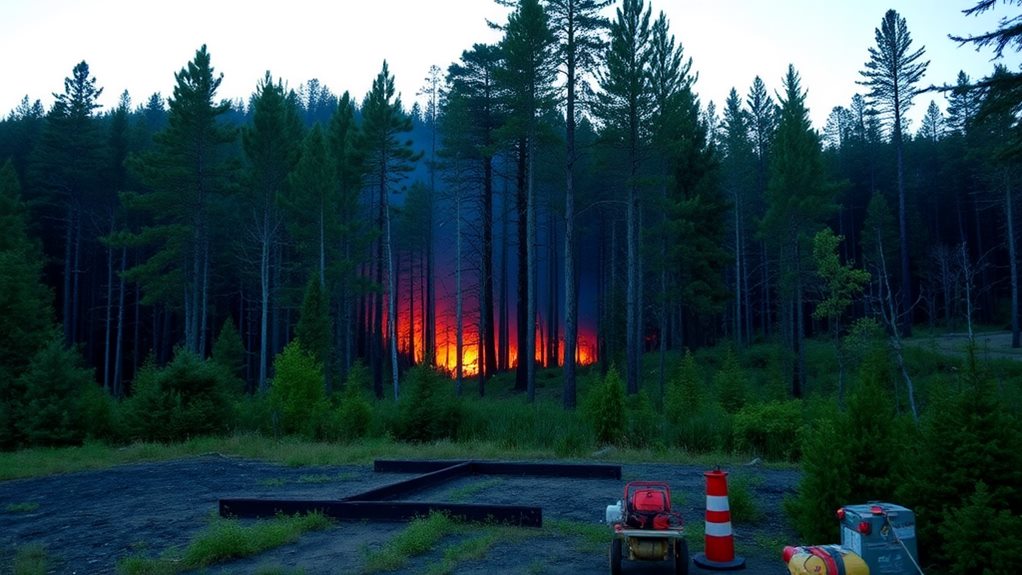
In the midst of a wildfire response, prioritizing safety is essential to ensuring our team's effectiveness and well-being. When we arrive at the scene, we need to assess the fire size and conditions right away. This helps us establish a secure attack strategy that protects everyone involved.
A clear command structure is critical, as it allows us to communicate our plans effectively, ensuring coordinated efforts throughout the operation.
We must maintain defined escape routes into burned areas for safety. These routes provide quick retreats if conditions worsen unexpectedly.
As we work, it's imperative to continuously monitor changing conditions and keep all team members informed. This way, we can adapt to any emerging risks that may arise.
Above all, we should emphasize the importance of firefighter health over property protection. If we realize that the fire spread can't be contained effectively, we must notify dispatch immediately.
Training Methods for Firefighters
Often, we find that hands-on training is essential for firefighters to master the techniques necessary for effective wildfire response. By engaging in practical exercises, we build the skills needed for fire suppression in real situations.
Here are three key training methods we focus on:
- Direct and Indirect Attack Techniques: We practice various firefighting approaches in controlled environments, which helps us understand when to use each method effectively.
- Simulation of Real-Life Scenarios: These exercises allow us to assess fire size and conditions, preparing us to establish command structures upon arrival at incidents.
- Continuous Education: Our training aligns with NFPA 1001 Standards, ensuring we stay updated on the latest firefighting strategies and equipment.
Each training session typically lasts around 60 minutes, focusing on practical application and decision-making skills.
Collaborating with organizations like Clarion Events Fire & Rescue Group enhances our training resources, giving us access to updated materials and best practices.
Community Engagement in Fire Safety
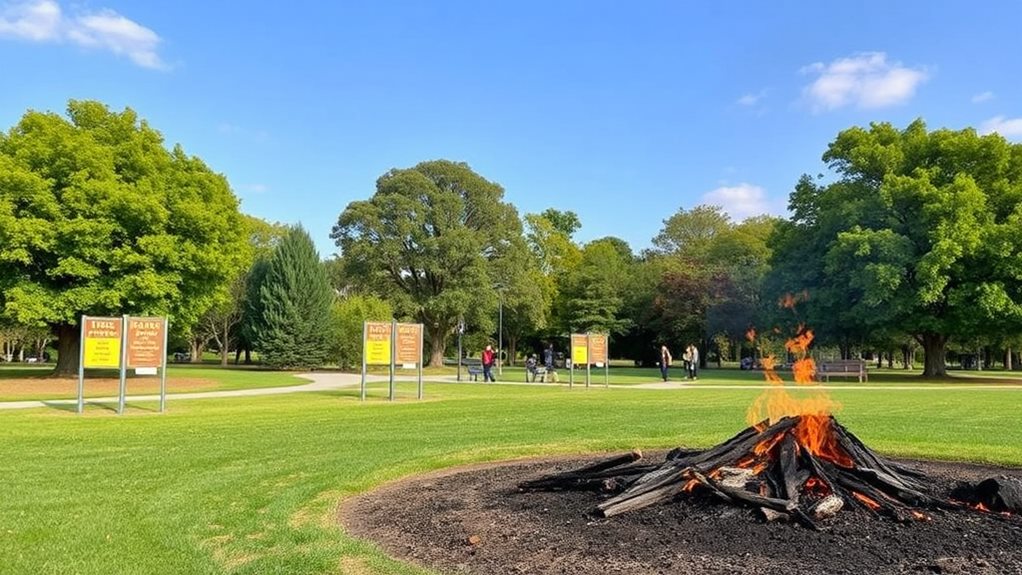
As we hone our firefighting skills, it's equally important to engage the community in fire safety efforts. Community engagement not only promotes awareness and education about local fire hazards, but it also leads to proactive prevention measures that can greatly reduce risks.
By collaborating with community members, we can hold fire safety workshops that enhance everyone's understanding of fire behavior and emergency response protocols. Involving local organizations in fire prevention initiatives strengthens resource sharing and improves our overall resilience to wildfires.
Regular community drills and simulations familiarize residents with evacuation routes and procedures, ensuring a calm and efficient response during actual emergencies. This practice is essential, as it prepares us all to act swiftly when every second counts.
Furthermore, engaging schools and youth programs in fire safety education fosters a culture of safety. By empowering the next generation, we equip them to recognize and mitigate fire risks in their environments.
Together, through community engagement, we can create a safer, more informed community that stands ready to face the challenges of fire safety. Let's work together to build a proactive approach that protects our homes and loved ones.
Innovations in Fire Suppression Techniques
Innovative fire suppression techniques are revolutionizing how we combat wildfires and protect communities. As we face the increasing threat of wildfires, it's essential to stay informed about the latest advancements that improve our response efforts.
Here are three key innovations in fire suppression techniques:
- Aerial firefighting resources: Helicopters and air tankers can quickly drop water or fire retardants from above, helping to control the fire spread more effectively.
- Portable fire suppression systems: Drones equipped with fire extinguishing capabilities allow us to respond rapidly in hard-to-reach areas, which traditional methods might struggle to access.
- Advanced thermal imaging technology: This innovation enables real-time monitoring of fire behavior, helping suppression teams make informed decisions based on temperature fluctuations and heat signatures.
Additionally, the use of fire-resistant materials for structures and methods like controlled burns helps create defensible space, reducing the likelihood of ignition.
By embracing these innovations in fire suppression techniques, we can enhance our ability to protect lives and property from the devastating effects of wildfires.
Let's stay vigilant and adapt to these advancements to guarantee our communities are safer.
Final Thoughts
To summarize, by understanding wildfire behavior, we can better prepare ourselves for effective fire suppression. Just like a skilled musician reads the notes to create harmony, we must recognize the factors that influence wildfires, from weather to fuel types. With this knowledge, we can train firefighters more effectively and engage our communities in safety efforts. Together, we can build a safer future, ensuring that we're ready to face the challenges that wildfires bring.
